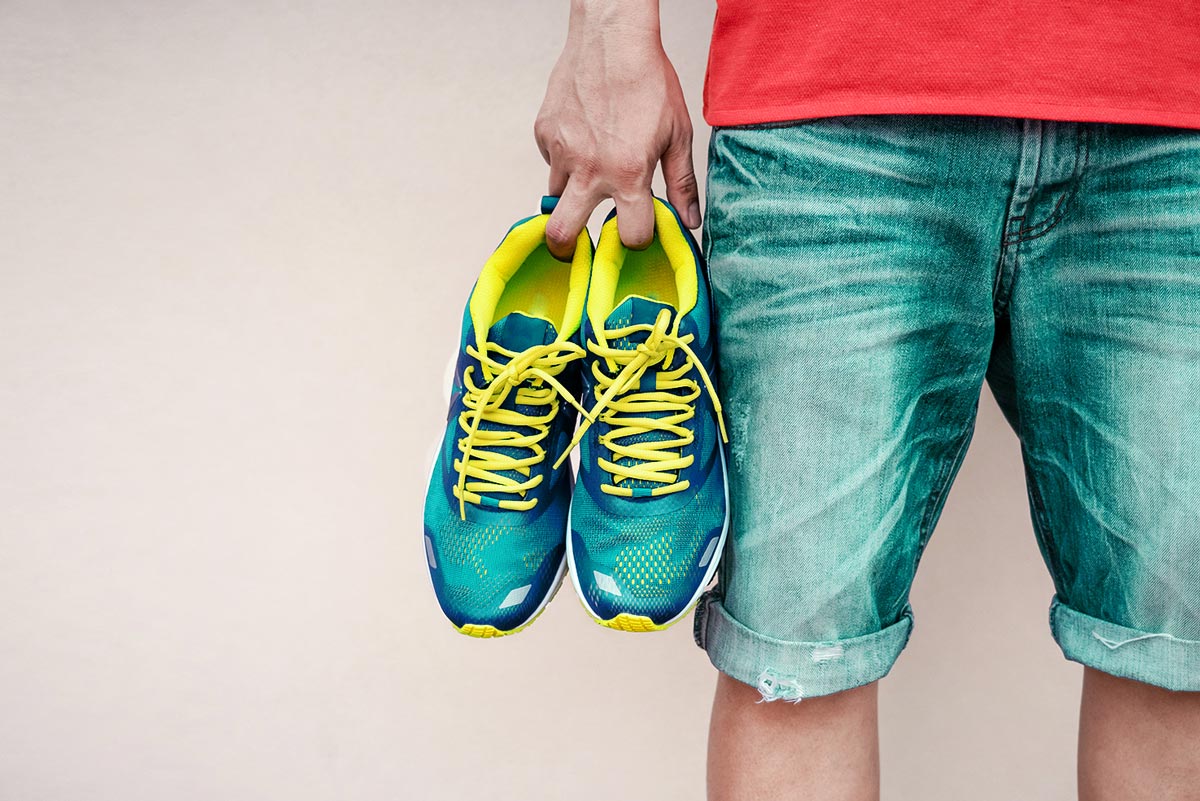| 2009 | CRCHealth.com reports that nearly 25% of U.S. adults know inactivity is a massive problem for children. |
| 2012 | DiabtetesInControl.com reminds readers that 2000 began with over 60% of American adults failing to be regularly physically active, and a quarter of them not exercising at all. |
| 2017 | USAToday.com releases an article entitled Kids’ inactivity rises, creating ‘health care time bomb.’ |
| 2018 | ScienceDaily.com releases a report that compares lifestyles throughout 49 countries from 6 continents. They discover that, overall, children around the world are not physically active enough to maintain healthy growth and development. They discover that countries with the most active children and youth (such as Slovenia, Zimbabwe and Japan) have a common thread: Being active is not just a choice, but a way of life. |
These statistics paint a few disheartening truths:
- Society knows inactivity among youth is at a record high.
- Society has known for years that inactivity among youth is an issue.
- Adults, on average, are not consistently role modeling healthy behaviors.
- As both adults and youth move toward increasingly inactive lifestyles, health care needs and costs are projected to skyrocket.
How did inactivity among youth spread like wildfire? For starters, society is full of modern gadgets that pull youth toward the comfy cushions of their couch. Gone are the days of walking home from school and playing outside until dinner. Those days have been replaced with carpool pickups and bus rides home, followed by screen time (TV, computer, iPad, video games, cell phone, etc.) and snacks with low nutritional content. Gone are tasks that used to be manual, like washing the dishes and using the push lawnmower. Now we have dishwashers, riding mowers, and all types of technology that make our lives more efficient but our bodies less challenged.
Specialists agree that inactive children are at greater risk for adverse physical, mental, social, and cognitive health problems than active children. Inactivity has been found to intensify feelings of depression and to place youth on a path toward heart disease, stroke, colon cancer, diabetes, osteoporosis, and more.
Instead of thinking of activity as something that costs money, whether that be purchasing uniforms or paying registration fees, think about activity as everyday opportunities to use your body in a non-sedentary way. Park in the furthest spot from the grocery store entrance. Walk to the library. Dance when the credits of the movie play. Ride your bike across town. Hang your clothes on the clothesline to dry. Wash your dishes by hand.
Being active isn’t about exercising enough to compete at the Olympics, although that’s a worthy ambition. Being active is about seeking out moments to make your body move until one day you no longer have to intentionally seek those moments out because they’ve simply become part of your lifestyle.
Author: Evelyn Lindell
Certified Health & Wellness Coach

